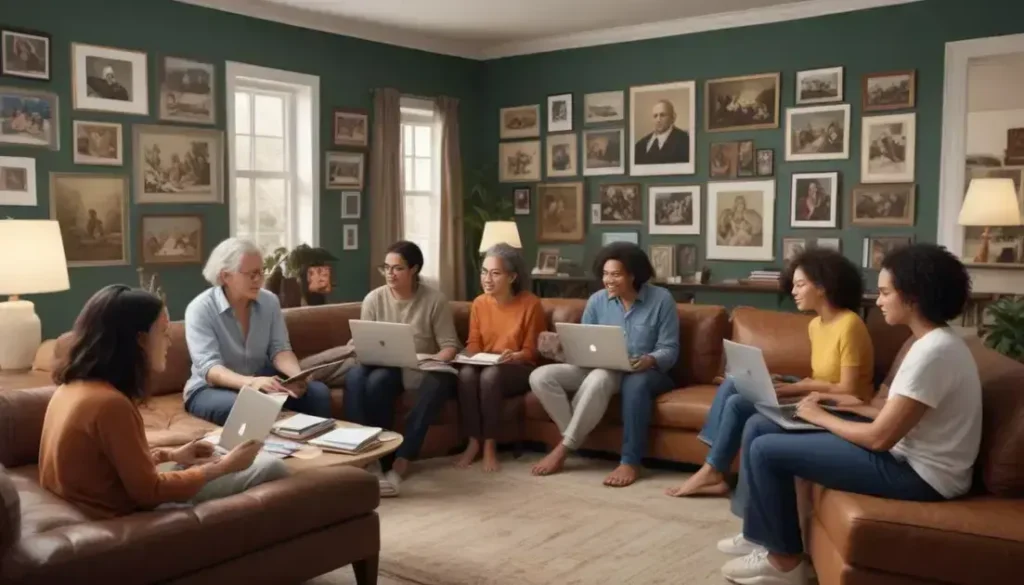Leitura: 8 minutos Unlock a strategic edge for your professional growth—discover free online history of art courses that deliver both deep cultural insight and practical upskilling. In a landscape driven by digital transformation and competitive talent acquisition, understanding art history is now more accessible, and more valuable, than ever. Whether you aim to broaden your perspective or bolster your team’s creative intelligence, the current abundance of high-quality online resources redefines how leaders and entrepreneurs approach continuous learning.
Why Study Art History Online?
- Cost-efficiency: Top institutions provide content for free, eliminating entry barriers.
- Flexibility: Self-paced modules fit into tight executive schedules.
In practice, this flexibility translates into learning anytime, anywhere—a non-negotiable in high-stakes markets. The message for those chasing a competitive edge: diversified knowledge is now a scalable asset.
Have you considered how art history competencies could sharpen your business acumen?
Top Platforms Leading the Market
The landscape is dominated by several globally recognized platforms:
- Coursera: Hosts courses from institutions like MoMA and Yale.
- edX: Features Harvard and MIT content with professional certificates.
- FutureLearn: UK-based, unique collaborations with museums.
- Khan Academy: Streamlined, accessible modules suitable for beginners to advanced.
Here, market share is commanded by those who can scale trust and credibility. For decision makers, the implication is clear: partner or learn from platforms investing in user experience and institutional partnerships.
Are you leveraging the top content providers in your professional development strategy?
Emerging Trends Reshaping Learning
Three key trends are elevating online art history education:
- Immersive technology (VR and AR) for deeper art engagement.
- Microcredentials now recognized by major employers, enhancing talent pipelines.
- Collaborative learning: Forums and global peer exchange for cultural diversity.
On the ground, this means workforce upskilling becomes more interactive and globally attuned, raising the bar for the entire supply chain of digital education. The future is about smart integration—are you embracing new formats or lagging behind?
Risk & Regulation: What to Watch
Even free courses come with implicit risks:
- Content accuracy: Not all courses are peer-reviewed. Diligence is vital.
- Data privacy: Growing scrutiny on edtech compliance and user data protection.
- Credential inflation: Widespread certifications may dilute value.
For risk management, regularly audit course providers and monitor regulatory shifts in digital learning. In practice, agile compliance secures your learning investments. How robust is your vetting process for digital education platforms?
Strategic Advantages for Businesses
Integrating art history knowledge can drive commercial results by:
- Boosting creative intelligence among teams.
- Improving cross-cultural communication in global negotiations.
- Enhancing storytelling and branding strategies.
In practice, organizations equipping their workforce with diverse perspectives command market differentiation and agility. The message: broaden your talent’s edge or risk stagnation. Where could art history thinking unlock untapped opportunities in your business?
